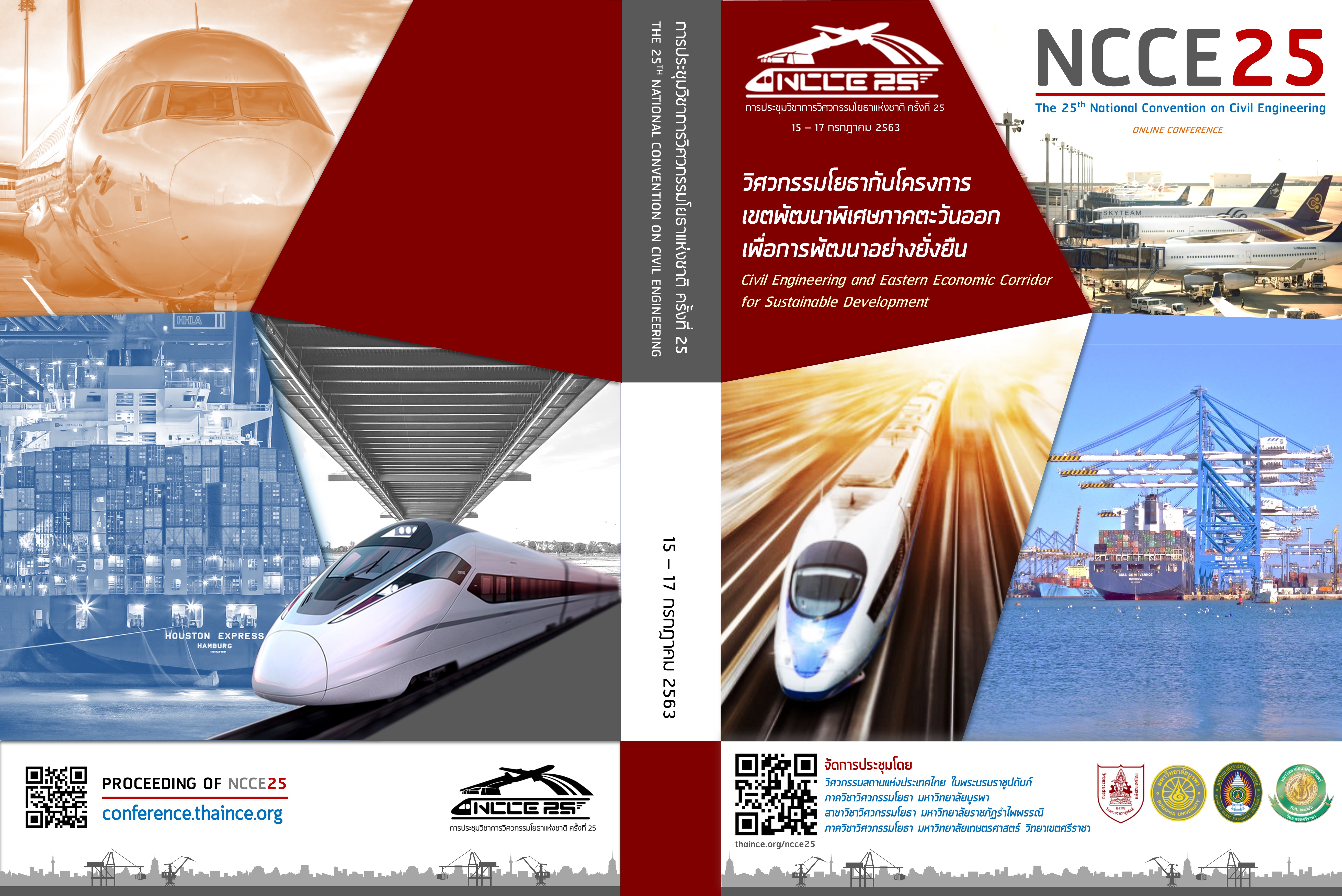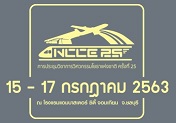Site Characteristics and Installation Criteria for Crash Cushion on Elevated Road
Keywords:
Crash cushion, road safetyAbstract
Crash cushions were installed in Don Muang Tollway (DMT) elevated road. Nine units were installed in the gore area of exit ramps. They are conformed to NCHRP 350 standard, TL 2 level which is capable of 80 km/hr collision. Cost of each unit is quite high. When crashed, compensation and re-installation cost is high. So, the existence of crash cushions is reconsidered. Installation criteria have been reviewed and reconsidered again. AASHTO Roadside Design Guide gives selection criteria for crash cushion. The criteria are speed, traffic volume, accident frequency and maintenance ability. However, installation decision is still based on designer’s consideration without quantitative criteria. In the case of elevated road in Thailand, severe accident is car plunges off the road. Thus, the main consideration should be 1) a chance of crash to death on fixed objects and 2) a chance to plunge off the way. Most of plunge off cases were happened on wide-median barrier transition unit which is on Y-shape exit ramp. DMT has only narrow medians which is I-shape and V-shape exit ramp. The narrow gap of V-shape ramp is only 0.9-2 m but still have a chance of falling. So, highly attention should be paid on V-shape exit which has only 3 locations on DMT by the reason of plunge rather than suddenly crash. However, for more confidence of safe road service, 9 crash cushions are still remained. More safety devices will be added to increase driving safety.
Downloads
Downloads
Published
How to Cite
Issue
Section
License
บทความทั้งหมดที่ได้รับการคัดเลือกให้นำเสนอผลงานในการประชุมวิชาการวิศวกรรมโยธาแห่งชาติ ครั้งที่ 25 นี้ เป็นลิขสิทธิ์ของ วิศวกรรมสถานแห่งประเทศไทย ในพระบรมราชูปถัมภ์



